One of the greatest surviving veterans of the US Marine Corps in World War II—a man who was severely wounded in combat—also was one of our finest Civil War historians. And up until very recently, he was leading walking tours of battlefields in the United States and Europe.
Edwin “Ed” Cole Bearss was born on June 26, 1923, in Billings, Montana, into a family with a proud Marine Corps tradition. His cousin “Hiking Hiram” Bearss (1875-1938) had been awarded the Medal of Honor for heroism in combat in the Philippines in 1901, and subsequently received the Distinguished Service Cross for his conduct in World War I. Ed’s father Omar also served in the US Marines, in Haiti and in Europe during World War I.
Ed Bearss’s family was listening to a radio broadcast of a football game between the Chicago Bears and the St. Louis Cardinals on December 7, 1941, when an announcer interrupted with news of the Japanese attack on Pearl Harbor. The family didn’t believe it at first; but when they did, Ed determined to “join the Marines and get back at the Japs.” He enlisted in April 1942 and trained at the Marine Corps base in San Diego. Boot camp, he remembered, had a way “of taking you down to the dregs of your soul then building you up to believe that you, with your fellow Marines, can do anything.”
Assigned to the 22nd Marine Regiment, Ed Bearss was shipped to the South Pacific. But he wanted more than anything to join the Marine Raiders. “I had wanted to be a Raider since I heard of them in boot camp,” he recalled. “And I wanted out of the chicken-shit Twenty-second.” After an interview in which he was asked how far he could walk and swim, and whether he could kill a man with a knife or strangle him, Ed made the cut. He was a Marine Raider. Sadly for the gung-ho 19 year old, however, after a number of deployments he came down with a bad bout of malaria, and was reassigned afterwards to the 7th Regiment, 1st Marine Division. But now he was bound for combat.
On Christmas night, 1943, after a meal of steak and eggs, Ed’s unit boarded Higgins boats and made the passage from New Guinea to the Japanese-held island of New Britain, where they were to be tasked with seizing Cape Gloucester. The landing was part of General Douglas MacArthur’s Operation Cartwheel, aiming at the big Japanese fortress of Rabaul on New Britain. The Marines were engaged in combat almost immediately, seizing ground at the point of the bayonet and then digging in to fight off determined Japanese counter-attacks.
On January 2, 1944, Ed Bearss took point and led his platoon deep into the jungle. Every man in the platoon was ready for combat except for one who—as Ed told me—was left behind to guard camp because “he was yellow.” That “yellow” Marine was to be the only member of the platoon, Ed said, to make it through that day without being killed or wounded.
Ed described what happened next: “After pushing about half a mile through dense jungle, we approached a stream perpendicular to our line of march and began to cross. On the other side, I saw men, not ours, about thirty to 35 yards away. They were not wearing our helmets. So I opened fire with my rifle. Other firing opened to our left and right, then all hell broke loose. A nest of Japanese machine guns dug into pill boxes on the opposite bank opened on us.”
“The man next to me was shot through both hands and wrists. Screaming ‘I’m ruined for life!’ he took off running. Another Marine coming up was hit and others were falling. All of this was happening faster than I can talk. I was on my knees when the first bullet struck. It hit me in my left arm just below the elbow, and the arm went numb. It felt like being hit with a sledge hammer. It jerked me sideways and then I was hit again, another sledgehammer blow to my right shoulder. I fell, both arms shattered, and my helmet slipped down over my eyes. I couldn’t see. But there were now dead men lying all around me.” The spot where Ed Bearss and his comrades fell was dubbed by the Marines Suicide Creek.
Ed told me that he later mused that he had probably been hit by an older-model Japanese Type 96 machine gun. Had it been the newer Type 99, he was certain that the second bullet would have hit him in the chest. Lying out in the field under enemy fire, however, he only had time to think of survival, especially after subsequent bullets hit him in the heel and buttocks. After several hours bleeding under fire, fortunately, he was able to find cover and receive medical aid.
After a long, grueling journey from New Britain to New Guinea and then back to Mare Island, San Diego, Ed Bearss was to spend months in the hospital, with one surgery after another to save his arms. He was still in the hospital on VJ Day. News of the dropping of the atomic bomb on Nagasaki on August 9, 1945, “came in over the radio the day after I had been to surgery,” he remembered, “and I remember how disappointed I was I couldn’t go out on the town and get drunk.” Ed would spend a total of 26 months in the hospital—saving his arms, but with permanent nerve damage—before being honorably discharged as a corporal on March 15, 1946.
The GI Bill benefited Ed Bearss, as it also did many other servicemen, helping him to receive degrees from Georgetown University and Indiana University. Fascinated by the Civil War, he embarked on a lifelong study of its leading figures and battlefields. In 1981, Ed Bearss became Chief Historian of the National Park Service. He was one of the leading speakers on the 1990 The Civil War television documentary by Ken Burns. And in keeping with his family’s tradition of dedication to service, his son and daughter both joined the US Marine Corps.
Ed’s “retirement” from the National Park Service in 1994 did not come close to marking a withdrawal from public life, however, for he went on to inform and entertain thousands of guests fortunate enough to join him on his many hundreds of battlefield tours. I will never forget how Ed, well into his nineties, navigated battlefields with a cane (which he used only to tap the ground for emphasis as he made points in his deep, thunderous, distinctive voice) as he told timeless stories of service, bravery and sacrifice—stories that he understands personally, from his experiences in combat and lifelong dedication to his country.
Ed Bearss will be mourned by his family and the many thousands of friends that he made over the course of his remarkable life.
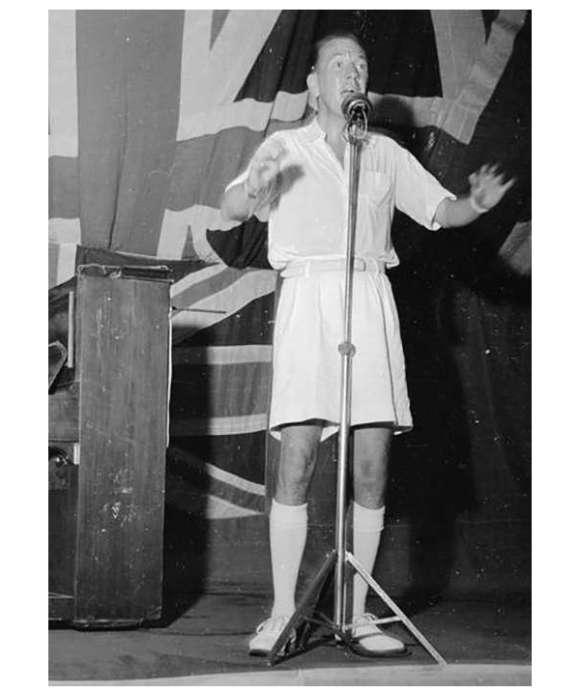
Don't Let's Be Beastly to the Germans: Noël Coward's World War II
Entertainer Noël Coward's flamboyant lifestyle and defiance of social conventions masked a fierce determination to defeat Nazi Germany.
Ed Lengel, PhD
Edward G. Lengel is the former Senior Director of Programs for the National WWII Museum’s Institute for the Study of War and Democracy.
Cite this article:
MLA Citation:
APA Citation:
Chicago Style Citation:
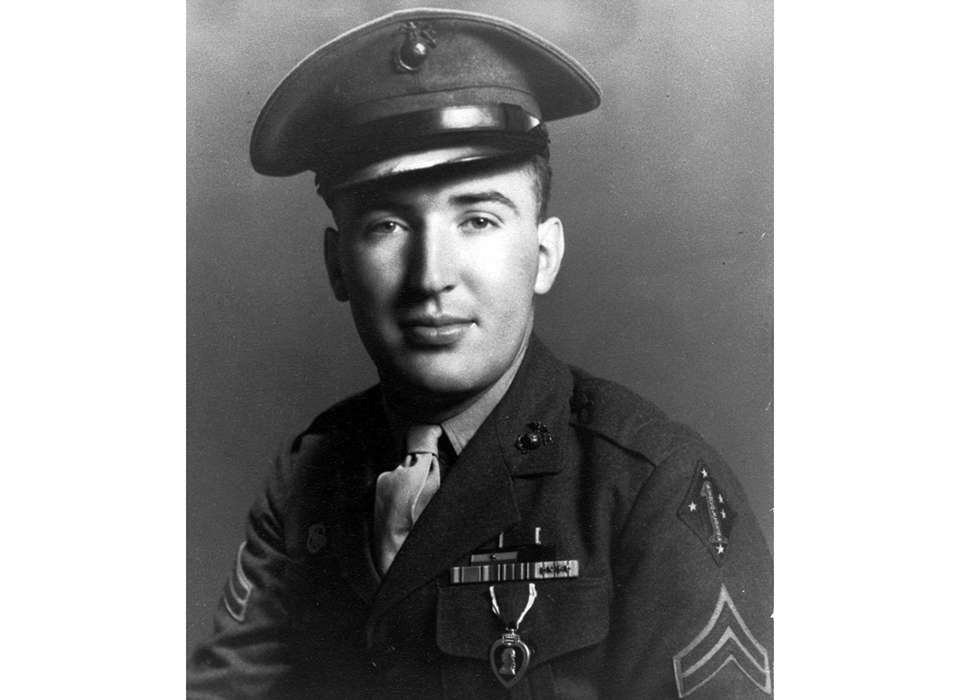
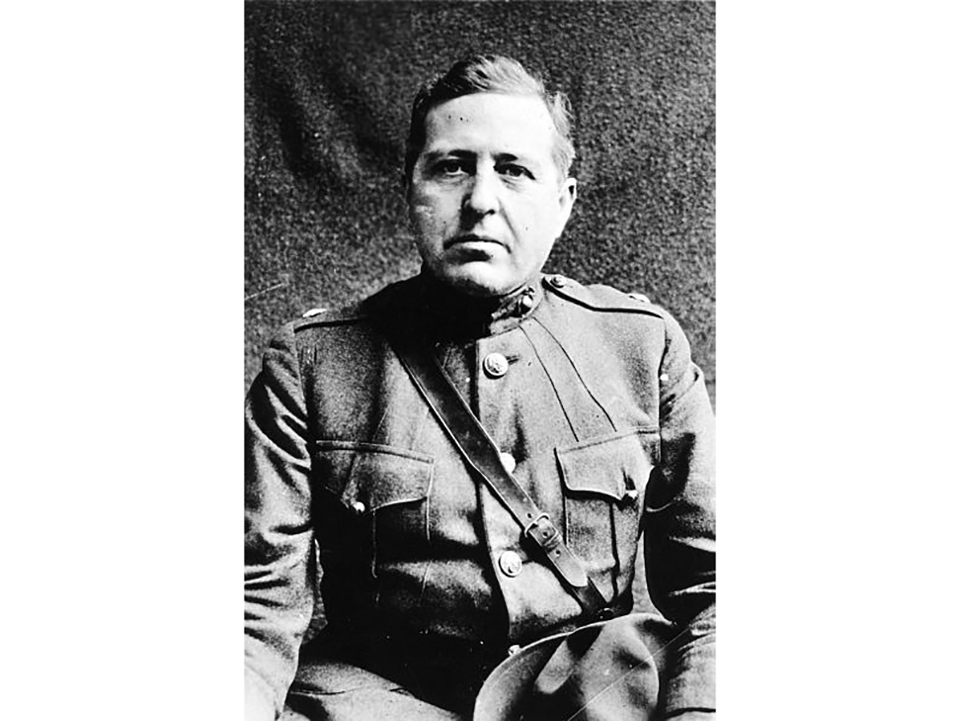
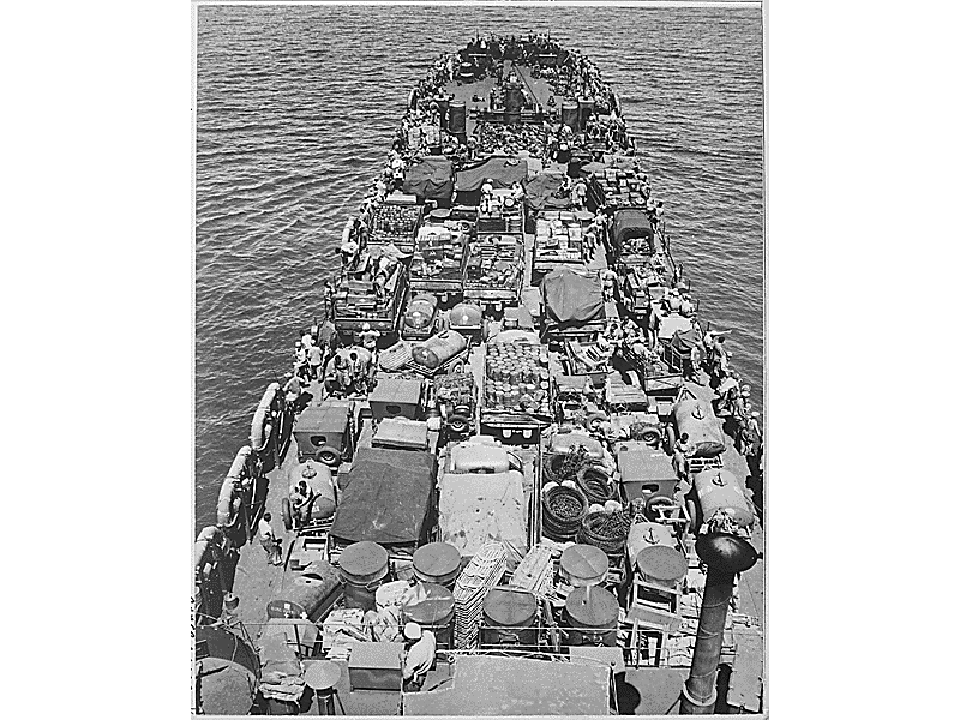
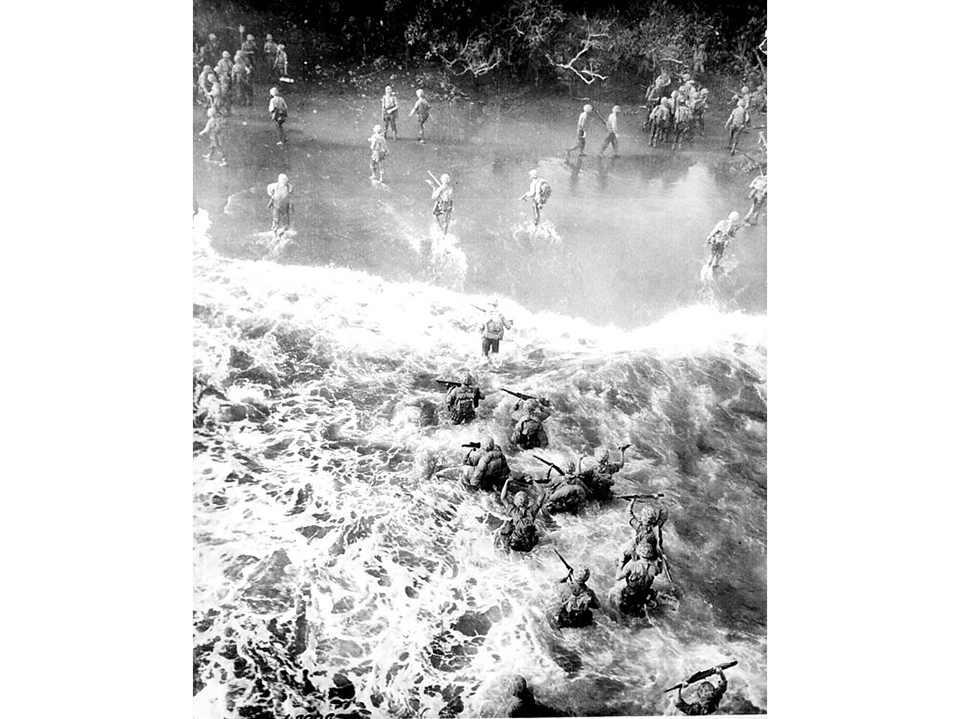
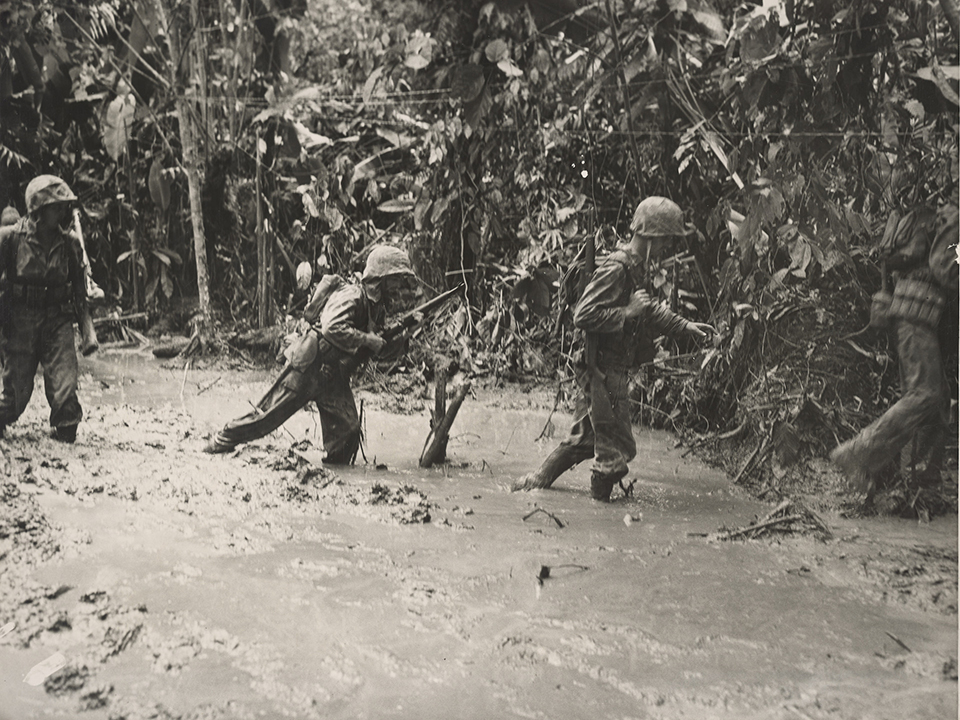
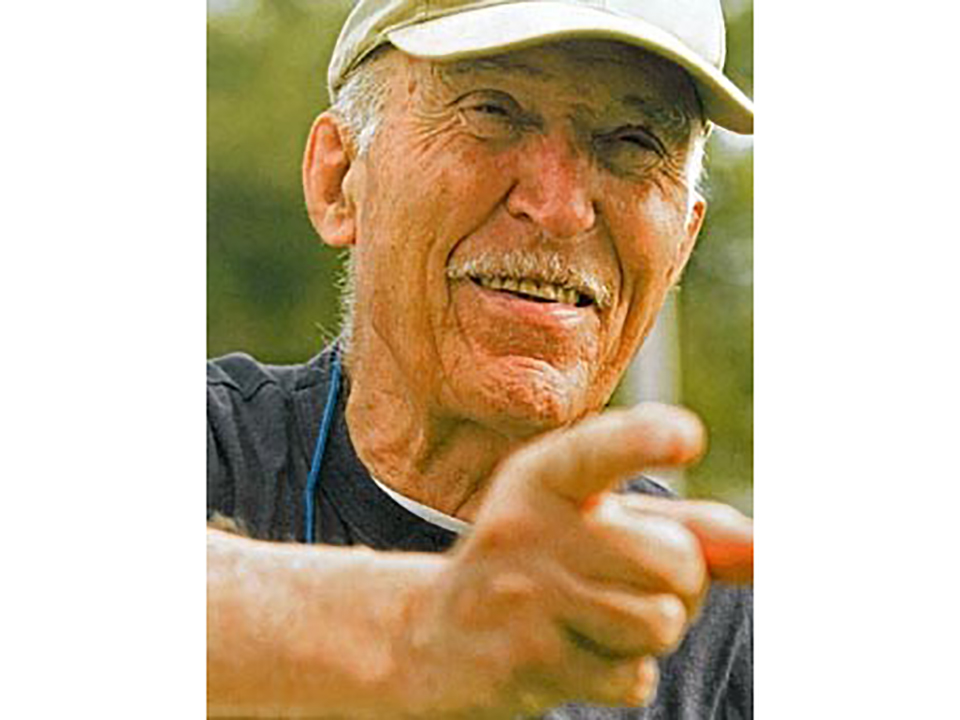
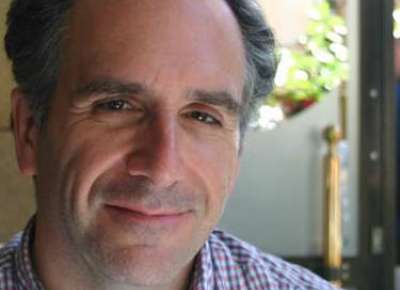





![Max Fuchs, New York City cantor, sings as Rabbi Sydney [sic] Lefkowitz, Richmond, VA, conducts the first Jewish services from Germany.](/sites/default/files/styles/max_650x650/public/2025-10/image1.jpg)

